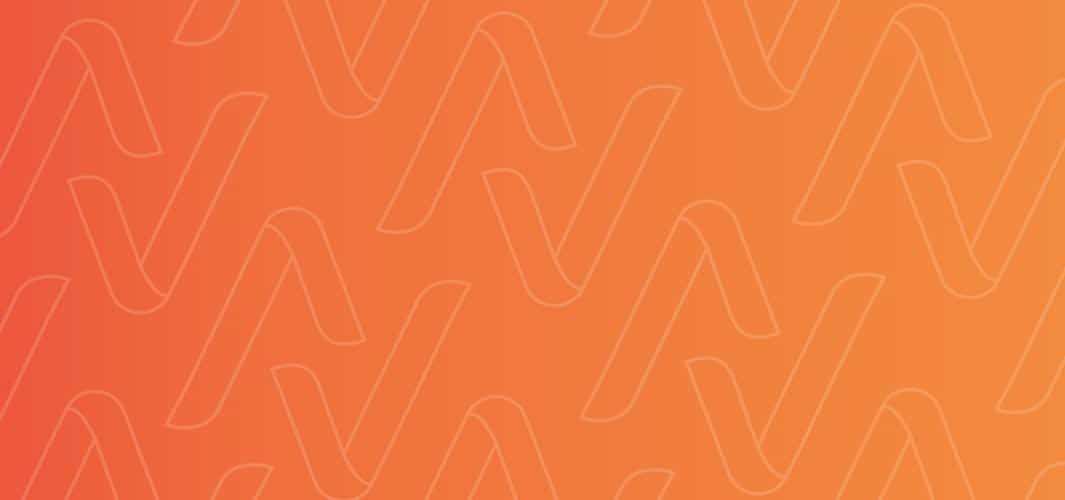In March 2020, the World Health Organization classified COVID-19 as a pandemic. The federal government declared a Public Health Emergency shortly thereafter. For the first time in a century, our country was in the grip of an unseen enemy – COVID-19. For most of us, it was a time of uncertainty and the beginning of a unique experience in our lifetimes. While arguments raged on about the genesis of the virus, every country turned its attention to how to contain and vanquish this new foe. An early days idea that antibody rich plasma could save lives gained prominence and as a result, the federal government invested more than $800 million for the collection and administration of “convalescent plasma” donated by COVID-19 survivors for use in treatment of the virus.
Streamline Verify contributed in the battle to save lives and to better understand the virus. This article provides an overview of the organization’s own efforts, as well as the research that Streamline Verify supported that led to a heightened understanding of how the virus affected culturally linked communities in geographically distinct areas of the country.
Streamline Verify’s Actions Recognized
In September, 2020, WABC of New York published an article about the recent work of Streamline Verify to help people across the country who were suffering with COVID-19. Converting 7,000 square feet of its corporate offices into a blood bank, Streamline Verify held seven (7) blood plasma drives over as many weeks and collected over 1000 units of convalescent plasma. In doing so, the company collected the largest stockpile of convalescent plasma in the country. As noted in a recent article, while no one knew if the treatment would work, it seemed biologically plausible and safe and the federal government invested more than $800 million in ultimately more than This plasma will be helping people not only in the New Jersey area, but nationwide. The company had already conducted antibody testing and so had access to a large network of individuals who had developed antibodies; the collection of plasma to help others was the logical next step. By providing plasma collection at its offices, Streamline Verify gave New Jersey plasma donors, who had been travelling to Delaware, a much more convenient local option. The organization also was given credit for its assistance in supporting the research project, summarized below, regarding how the infections spread through culturally close communities simultaneously in divergent areas across the country around one of the religious festivals the spring of 2020, supporting transmission trends that had been observed but not verified. An article published by Streamline Verify in July of 2020 about the Antibody Everybody Initiative sponsored by the organization provides greater detail about its support in the fight against COVID-19.
Research on the Impact of COVID-19 in Culturally Bounded Communities
On March 10, 2021 Journal of American Medical Association published an article summarizing a research study investigating the prevalence of COVID-19 in geographically distant and yet culturally linked communities and the impact of social gatherings on the spread of the disease. The study found that the adults in these large close communities in 5 states (New York, New Jersey, Connecticut, Michigan and California) experienced early parallel outbreaks which largely occurred following religious gatherings for the celebration of their holiday in mid- March of 2020.
During a very narrow window of time, there was nearly synchronous widespread transmission of infection through these distinct and distant but culturally interconnected communities which resulted in significant illness and mortality among those communities. This was the first large-scale study of its kind, involving more than 12,000 individuals investigated the incidence of widespread and parallel virus outbreaks in a culturally bounded community.
The study design included both a survey process whereby each participant self-reported his or her symptoms and outcomes as well as subsequent antibody testing that confirmed whether a participant had been infected by the virus. There were certain limitations to the study that the researchers noted, such as the fact that: a survey (rather than a testing) process was used to initially assess positivity; the travel history of participants was not available; and the participants were almost exclusively Caucasian so the study lacked racial diversity. Nonetheless, the research resulted in notable findings.
Research Findings
The observational research study found that there was a high prevalence of COVID-19 antibodies across all of cultural bound communities included in the study. For example, in the New Jersey community, there was antibody present in 32.5% of the research participants and in 30.8% of participants from New York. In both cases, this percentage was much higher than in the other communities around these ethno-religious enclaves. For example, the prevalence of antibodies in New York City during the same time period was about 16% compared to the Brooklyn orthodox community where antibodies were found in over 30% of the study participants.
The study also found that that the overwhelming majority of participants experienced onset of the virus about two weeks after the festival concluded – 77.7% reported symptom onset between March 9 and April 1. This outcome supported the premise that participants at large scale religious events are particularly vulnerable to widespread contagion and transmission. Another factor that exacerbated the spread was the timing of the festival in early March. The rapid spread of the virus worldwide prompted the World Health Organization to declare a pandemic on March 11. Therefore, the festival took place in the very early stages of the pandemic, well before national directives were issued and social distancing measures were instituted. National restrictions on large gatherings did not begin until later in March.
Another interesting finding from the study was that the earliest date of symptom onset actually occurred in December 2019 and early January 2020. Based on these dates, it appears that community transmission occurred well before the first reported case of COVID-19 on January 2020. Other studies observed a much higher number of patients with respiratory complaints in December 2019-February 2020 which may have been related to community spread and which occurred prior to widespread testing and awareness of the disease.
While the research study focused on specific religiously and culturally bounded communities that all observed a religious festival that involved large gatherings, the findings from this study shed light on the likely outcomes of widespread transmission that may occur as a result of gatherings to celebrate other religious and secular holidays in the US. In the time since this study concluded, the surge of infection rates and hospitalizations that seem to follow about 2 weeks after major holidays arguably bear out the findings of this early study.
Conclusion
As noted earlier, while no one knew if the treatment would work, it seemed biologically plausible and safe at a time when there were no other potential treatments available. In total, more than 722,000 units were distributed to hospitals under the federal program in 2020. At a time when there were no treatment options, the federal government, highly respected medical institutions and private organizations like Streamline Verify invested both resources and energy into leveraging the only available treatment with the potential to save lives as the country looked for solutions to the largest health crisis in a century.



































